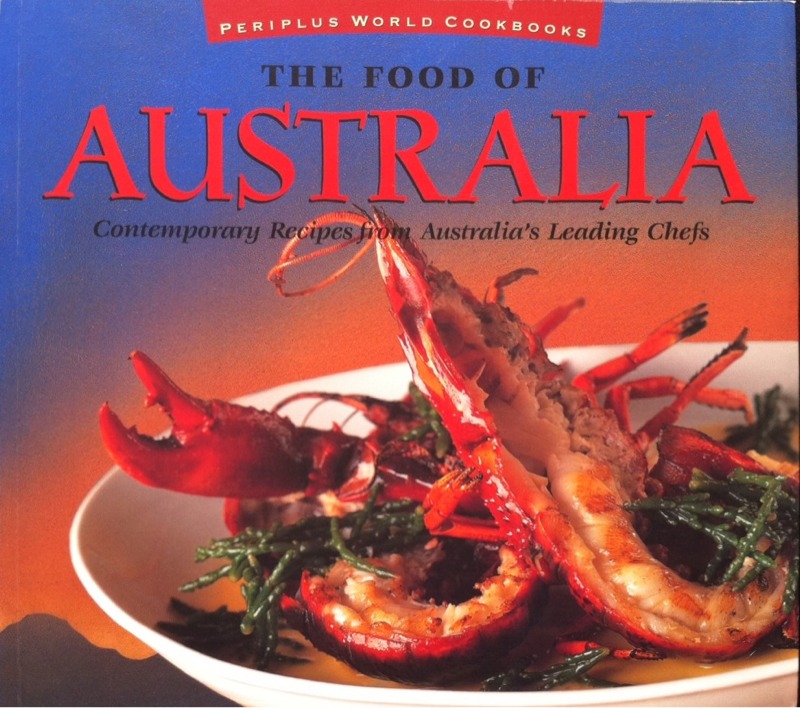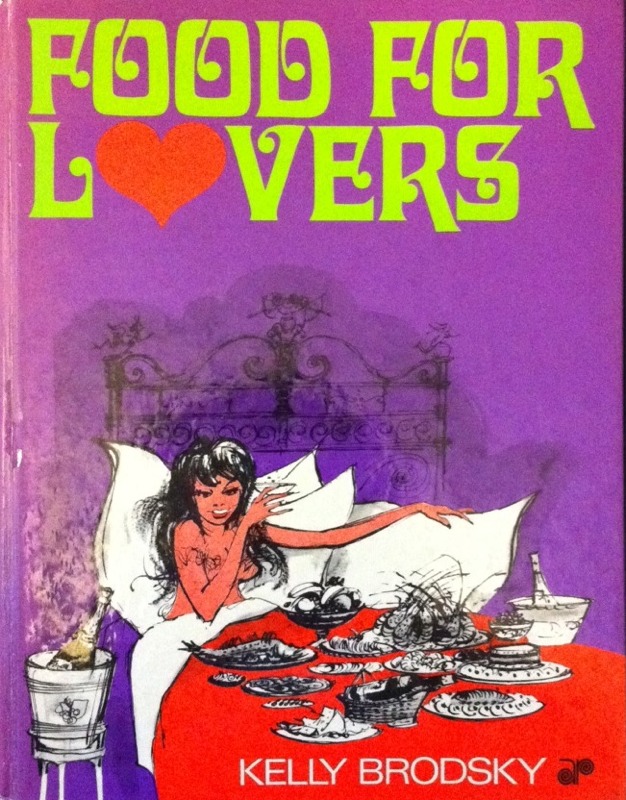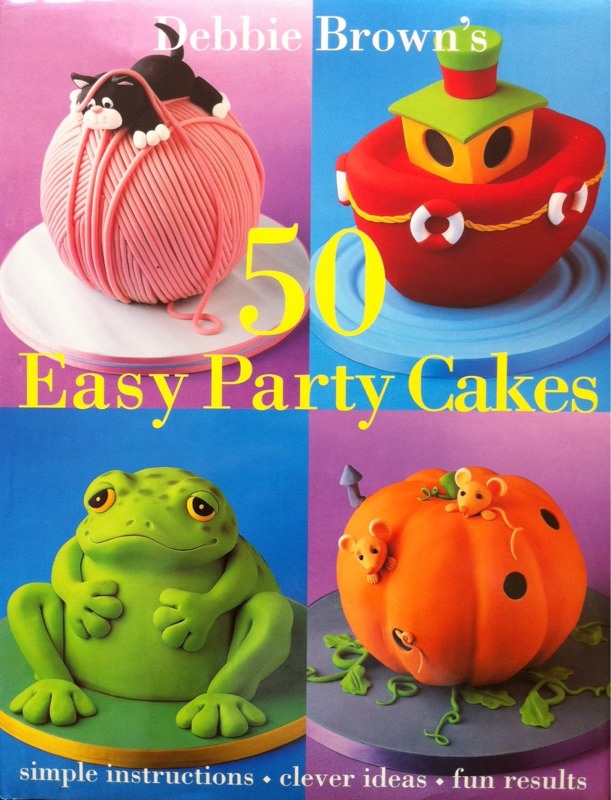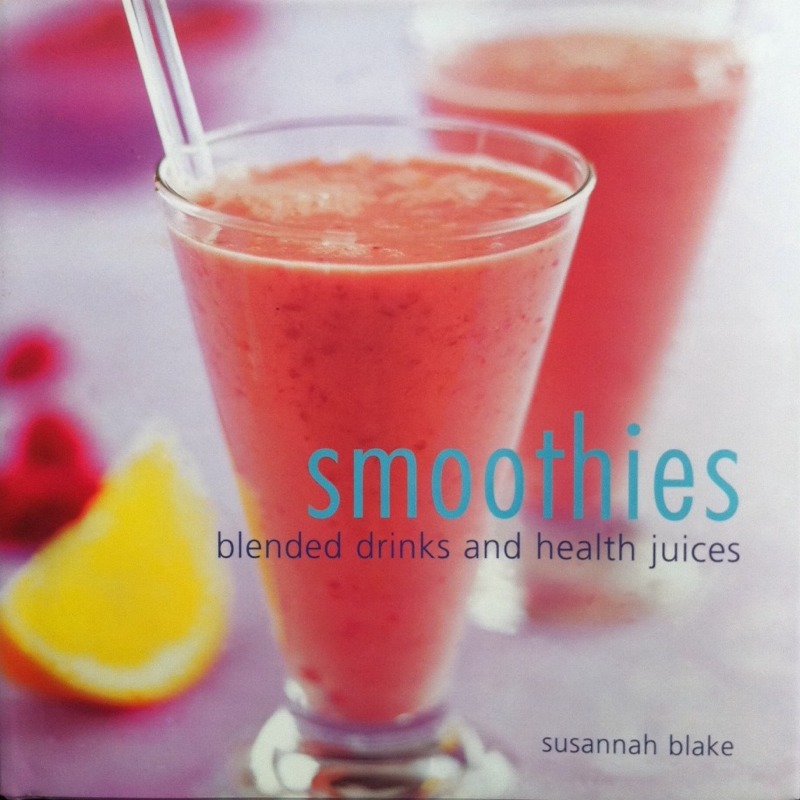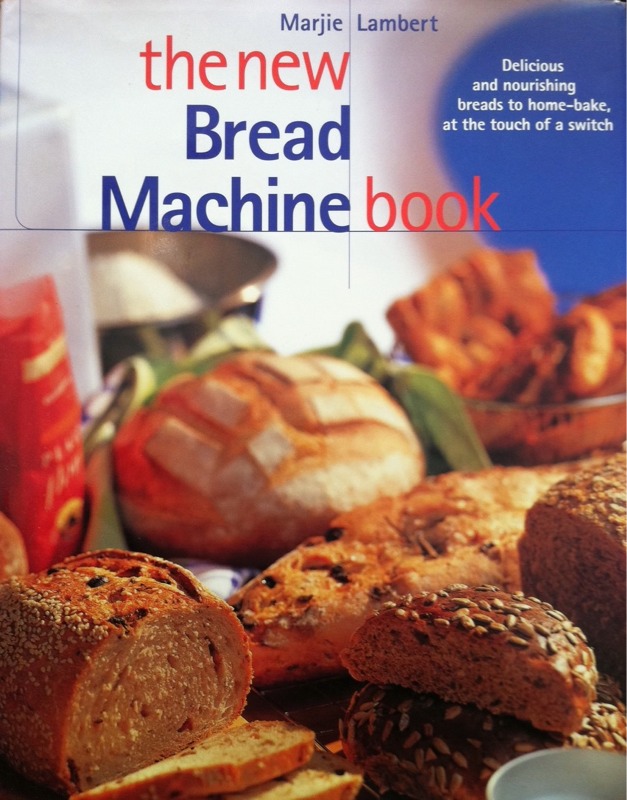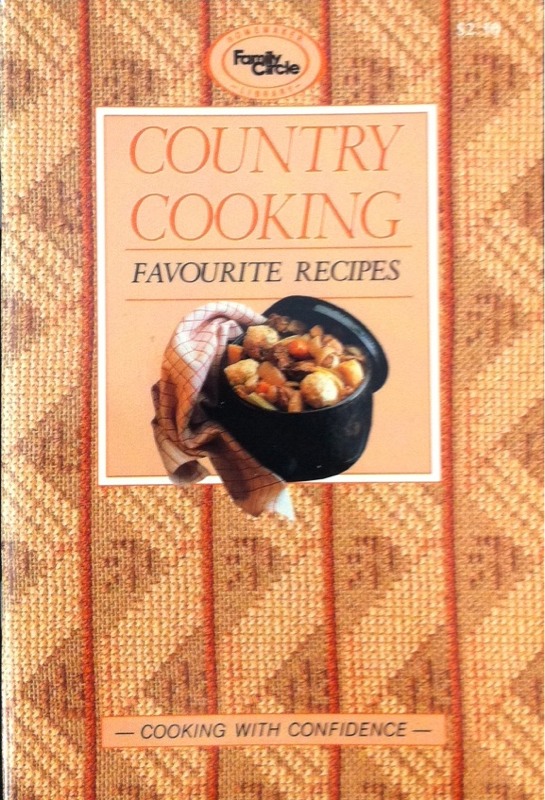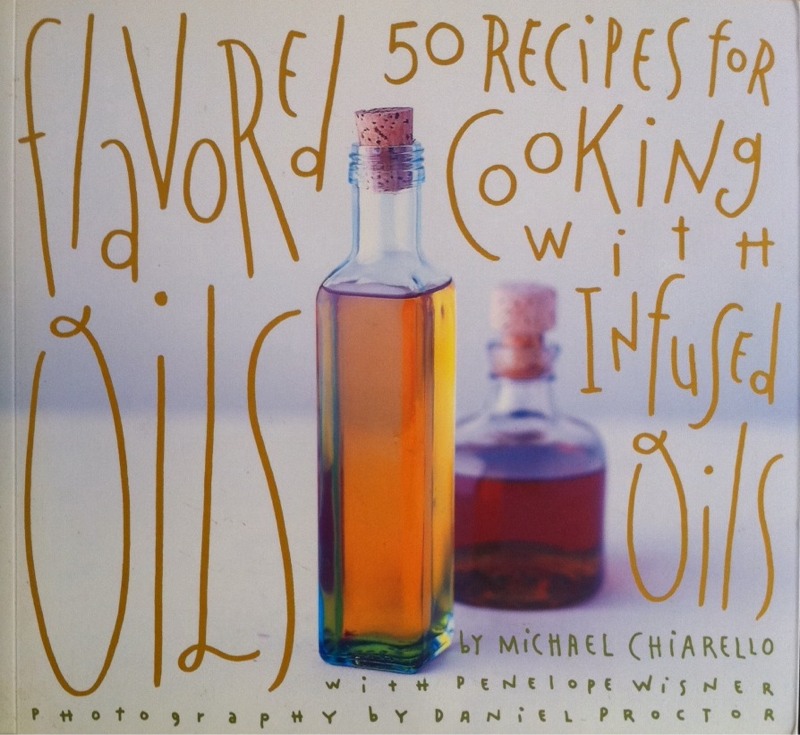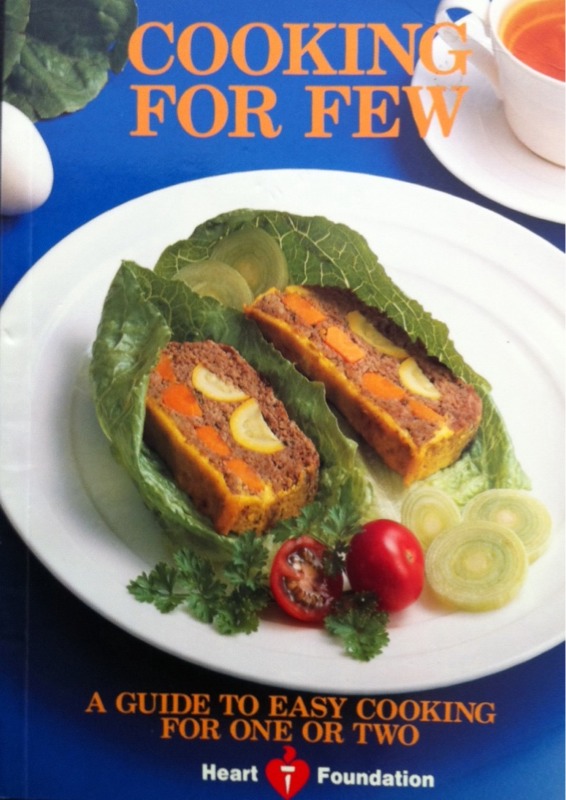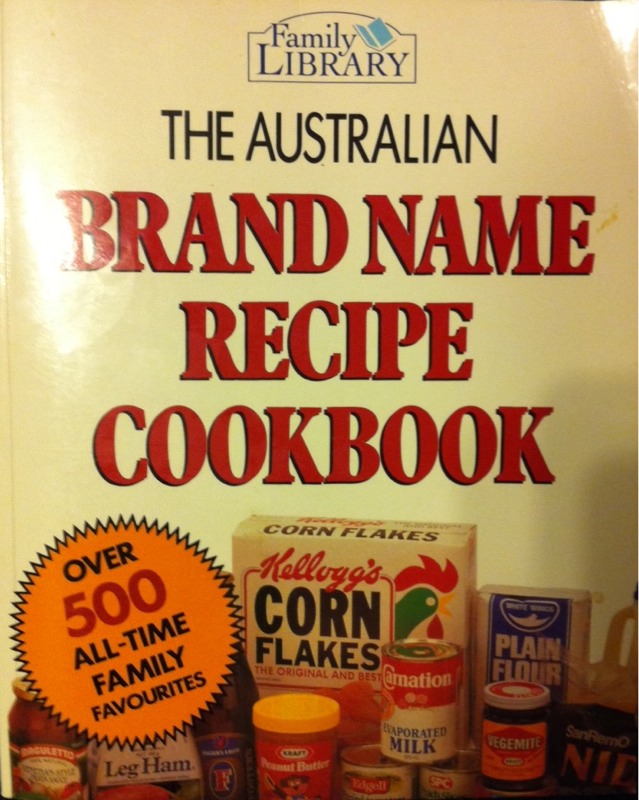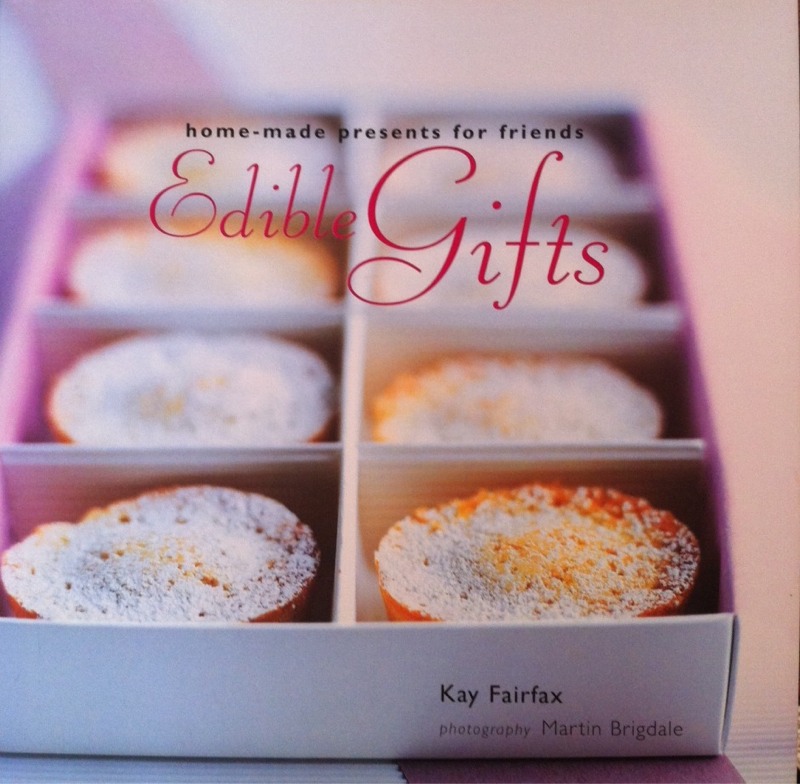I'm really not sure that I should be reviewing this, especially as my brother-in-law is a pilot for Virgin, however I can't let that prejudice me, so I will review away.
The book was published in 1967 and it certainly shows in the food styling and photographs, but putting that to one side it has some good features. The book starts with an introduction outlining the highlights of the cuisine from each region that is represented. I did find it interesting that there was a heading for Australia and a separate heading for Tasmania, but we'll just let that one go shall we. This is also where they really start spruiking the Qantas brand, such as the following handy tip in relation to Japanese cuisine;
A tempura meal starts off with a hot towel for the face and hands (a feature of Qantas in-flight service).
The recipes contained in the remainder of the book are separated into chapters based on region, such as Australia and the Pacific or The Orient. Given the calibre of many cookbooks published at that time, I'm rather impressed at the selection of recipes. Each region has recipes from several nations such as
Teheroa soup from New Zealand,
Plun Mudda (
Banana dumplings) from Norfolk Island and from Fiji the
Ika kokanda (
Fijian marinated fish) all within the chapter on Australia and the Pacific. This isn't to say that the recipes are quite the same as would be presented in a more modern cookbook, for instance the
Tahitian marinated fish is served with chopped boiled egg sprinkled over the top, which strikes me as a very anglo-centric 1960's touch to the traditional cuisine. I give Fitzgerald points for trying though as the aim of any commercial cookbook is to sell copies, and this approach would have been appropriate at the time.
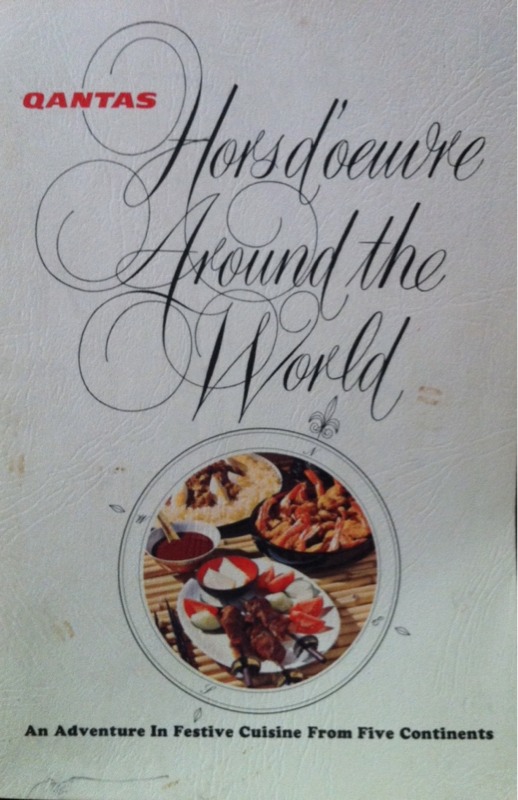
The remaining chapters contain similarly representative samples, with
Beef sukiyaki (Japan),
Nasi goreng (Indonesia),
Satay (Singapore) and
Madras curry (India) amongst the offerings from the Orient, and not a mention of Keens curry powder to be seen. The Middle East and Africa have some interesting offerings from
Sosaties and
Biltong from South Africa, a very delicious sounding
Egg plant appetiser from Arabia and North Africa (think eggplant, lemon, garlic, parsley, yoghurt, green chilli), and
Circasian chicken Istanbul representing Turkey.
There are chapters on Europe and The America's with highlights such as
Swiss cheese fondue,
Herrings in steintopf and
Pork pie from Europe and
Seviche,
Panuchos and
Nassau beach hotel crab fritters from the America's. On the whole the books does a commendable job (for the period it was published) in presenting dishes representative of regional cuisine from across the globe.
Recommended for anyone after a sample of recipes from around the world, especially if you can't seem to find anything more recent than 1967.
- Kath

